
KARACHI: With a passion to explore the natural resources of Pakistan, S Anwar Hussain spent 32 years of his life collecting more than 1,000 precious stones and minerals from all over the country.
It was then that he realised that the country has vast reserves of many precious minerals due to its geological location that can also become a major source of its export revenue.
Around 120 such items were on display on Monday at the inauguration ceremony of the Geological Museum at the Geological Survey of Pakistan's building in Karachi.
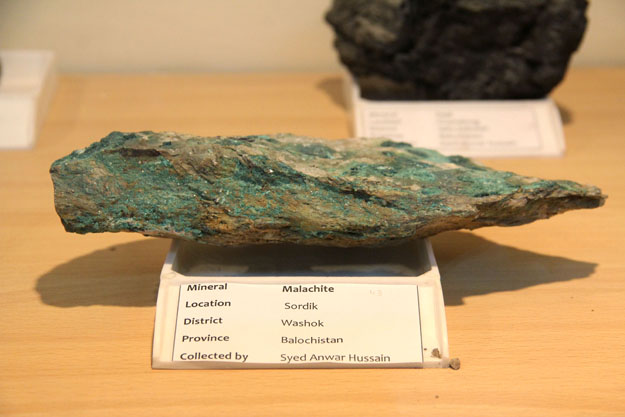 Speaking at the inauguration ceremony, Hussain said that this is not just a museum but a treasure trove of knowledge. PHOTO: AYESHA MIR/EXPRESS
Speaking at the inauguration ceremony, Hussain said that this is not just a museum but a treasure trove of knowledge. PHOTO: AYESHA MIR/EXPRESSSpeaking at the inauguration ceremony, Hussain said that this is not just a museum but a treasure trove of knowledge. According to Director-General of the Geological Survey of Pakistan Dr Nazarul Islam, these minerals represent Pakistan and have academic significance for both students and researchers. "They can be used for the revival of Pakistan's economy," he said.
According to Hussain, Pakistan has very costly metals and if it starts exporting them, it can earn Rs17 billion yearly and clear its debts. "The mineral sector can spur a revolution in four to five years," he said.
Significant minerals
One of the most significant metals on display was molybdenum, which Hussain found in Chitral and, according to him, is a very expensive metal used in aerospace engineering. "This costs Rs4 million per ton," he said, adding that millions of tons of this element are available in Pakistan that can be exported.
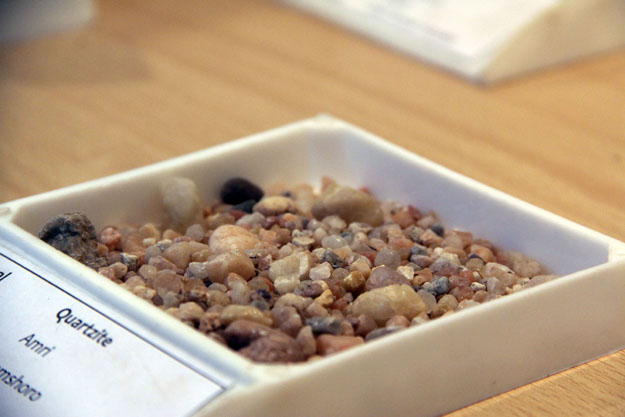 According to Hussain, Pakistan has very costly metals and if it starts exporting them, it can earn Rs17 billion yearly and clear its debts. PHOTO: AYESHA MIR/EXPRESS
According to Hussain, Pakistan has very costly metals and if it starts exporting them, it can earn Rs17 billion yearly and clear its debts. PHOTO: AYESHA MIR/EXPRESSApart from molybdenum, he said that Balochistan's Bella town has six to seven million tons of chromites. For soap stone, which is in abundance in Pakistan, he said that the government has not paid any heed towards it. "There is a 40% demand-supply gap for soap stone in Europe," he said, adding that if Pakistan improves its quality of exploitation of this stone it can earn billions of revenue.
Lok Virsa to digitally archive sounds, video
This stone is in abundance in Bella, Abbottabad, Swat and Gilgit and cost is Rs17,000 per ton. Currently, he said that Pakistan earns Rs1.6 billion through its export but unfortunately this is never mentioned in the Pakistan Statistical Yearbook.
The hidden room
Some precious stones and minerals that could not be labelled were not displayed at the museum but had been place in Hussain's room in different wooden boxes. The glass table in his room was littered with stones of psychedelic colours and a magnifying glass.
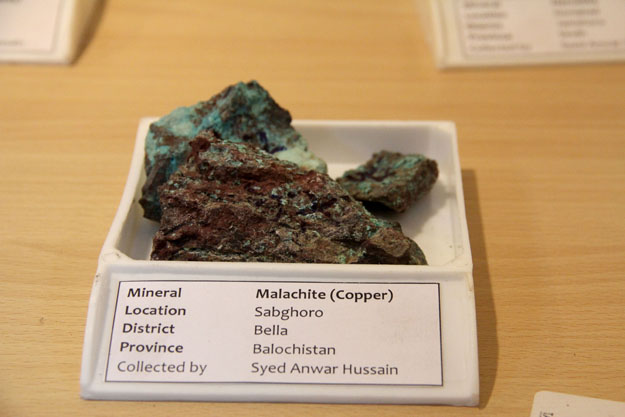 There is a 40% demand-supply gap for soap stone in Europe, according to Hussain. PHOTO: AYESHA MIR/EXPRESS
There is a 40% demand-supply gap for soap stone in Europe, according to Hussain. PHOTO: AYESHA MIR/EXPRESSHe opened a small piece of cloth and fished out a shiny white quartz crystal, which he brought from Baluchistan's Uthal city in Lasbela district. "This is a semi-precious stone and is available in abundance in Pakistan," he said.
The second shiny black coloured stone that he fished out of the box was unnamed. The stone had a bright golden and yellow colour and had small dots on it. "It has three different minerals on it - copper, iron and iron sulphide," explained Hussain, adding that he found the stone in the Salt Range in Chakwal district in Punjab.
 The museum will be open for the public on May 18, which coincidentally is also National Museum Day.PHOTO: AYESHA MIR/EXPRESS
The museum will be open for the public on May 18, which coincidentally is also National Museum Day.PHOTO: AYESHA MIR/EXPRESS"It has no name but I will name it soon," he said with a smile, adding that it can be called a 'brocade mineral' and is used in ornaments.
Another black coloured stone in the room was a tantalum stone, which Hussain did not allow anyone to touch as it emits radioactive rays. The museum will be open for the public on May 18, which coincidentally is also National Museum Day.












































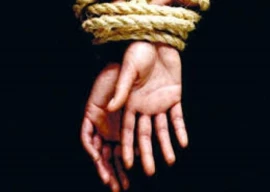
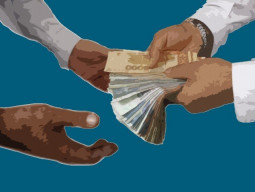




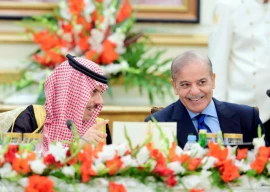

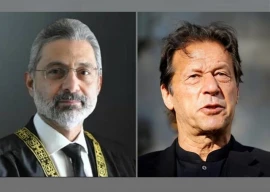
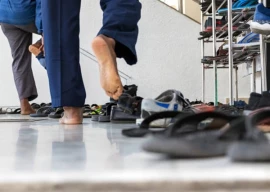







COMMENTS
Comments are moderated and generally will be posted if they are on-topic and not abusive.
For more information, please see our Comments FAQ